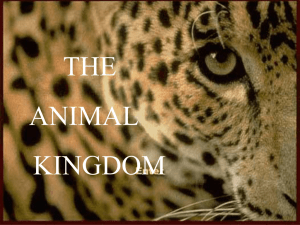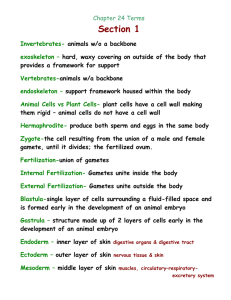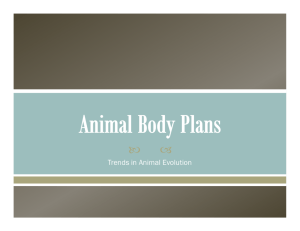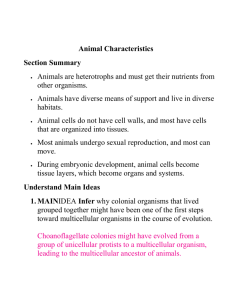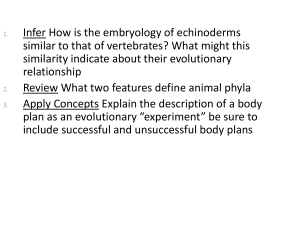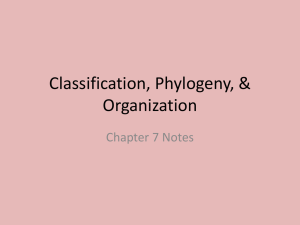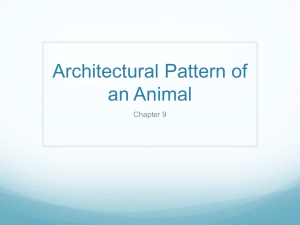Animal Body Plans: Symmetry, Cavities, Segmentation
advertisement
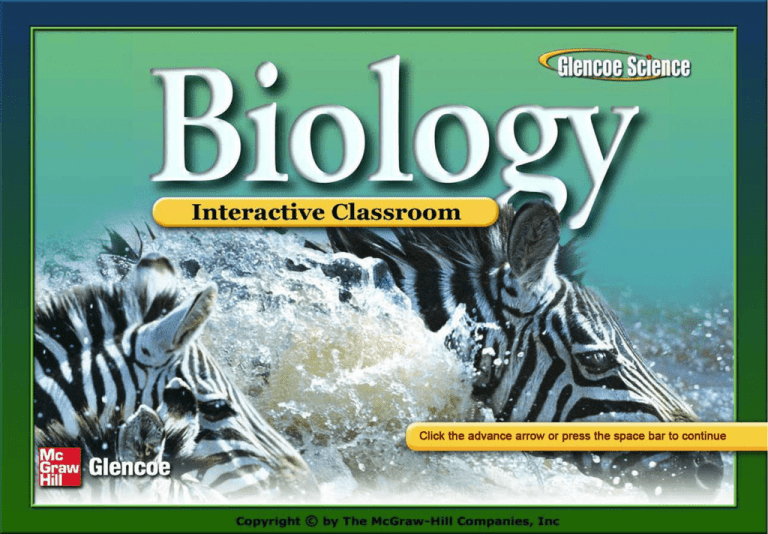
Chapter 24 Introduction to Animals Section 1: Animal Characteristics Section 2: Animal Body Plans Section 3: Sponges and Cnidarians Click on a lesson name to select. Chapter 24 Introduction to Animals 24.2 Animal Body Plans Evolution of Animal Body Plans Anatomical features in animals’ body plans mark the branching points on the evolutionary tree. Chapter 24 Introduction to Animals 24.2 Animal Body Plans Evolution of Animal Body Plans Relationships on this tree are inferred by studying similarities in embryological development and shared anatomical features. Chapter 24 Introduction to Animals 24.2 Animal Body Plans Symmetry Similarity or balance among body structures of organisms Chapter 24 Introduction to Animals 24.2 Animal Body Plans Symmetry TYPES OF SYMMETRY Asymmetry – No tissue and irregular in shape Radial symmetry – Has a top and a bottom but no sides Can be divided on multiple planes Chapter 24 Introduction to Animals 24.2 Animal Body Plans Symmetry TYPES OF SYMMETRY Bilateral symmetry – Can be divided on one plane to show a mirror image on each side. Has a top, bottom and sides. Chapter 24 Introduction to Animals 24.2 Animal Body Plans Cephalization Animals with bilateral symmetry tend to have a posterior (tail-end) and anterior (head-end). They also have a tendency to concentrate nervous tissue and sensory organs at the anterior end of the animal Chapter 24 Introduction to Animals 24.2 Animal Body Plans Body Cavities Coelomates Have a fluidfilled cavity with tissue formed from mesoderm that lines and encloses the organs in the coelom Chapter 24 Introduction to Animals 24.2 Animal Body Plans Body Cavities Pseudocoelomates Have a fluid-filled body cavity that develops between the mesoderm and the endoderm rather than developing entirely within the mesoderm Chapter 24 Introduction to Animals 24.2 Animal Body Plans Body Cavities Acoelomates Have solid bodies without a fluid-filled body cavity between the gut and the body wall Chapter 24 Introduction to Animals 24.2 Animal Body Plans Development in Coelomate Animals Protostomes The mouth develops from the first opening in the gastrula. Deuterostomes The anus develops from the first opening in the gastrula. Chapter 24 Introduction to Animals Chapter 24 Introduction to Animals 24.2 Animal Body Plans Segmentation Segmented animals can be “put together” from a succession of similar parts. Can survive damage to one segment Movement is more effective
